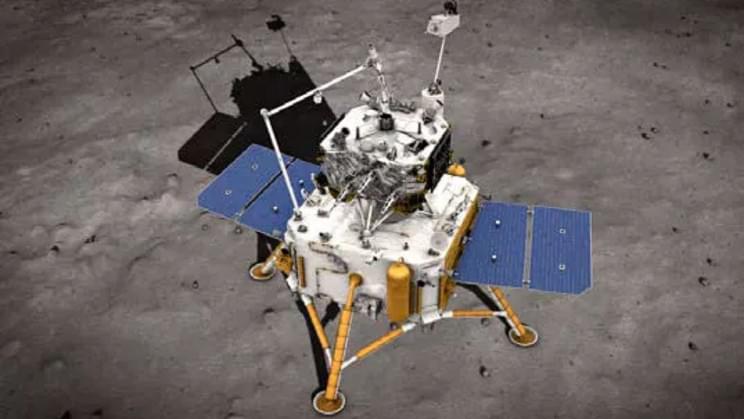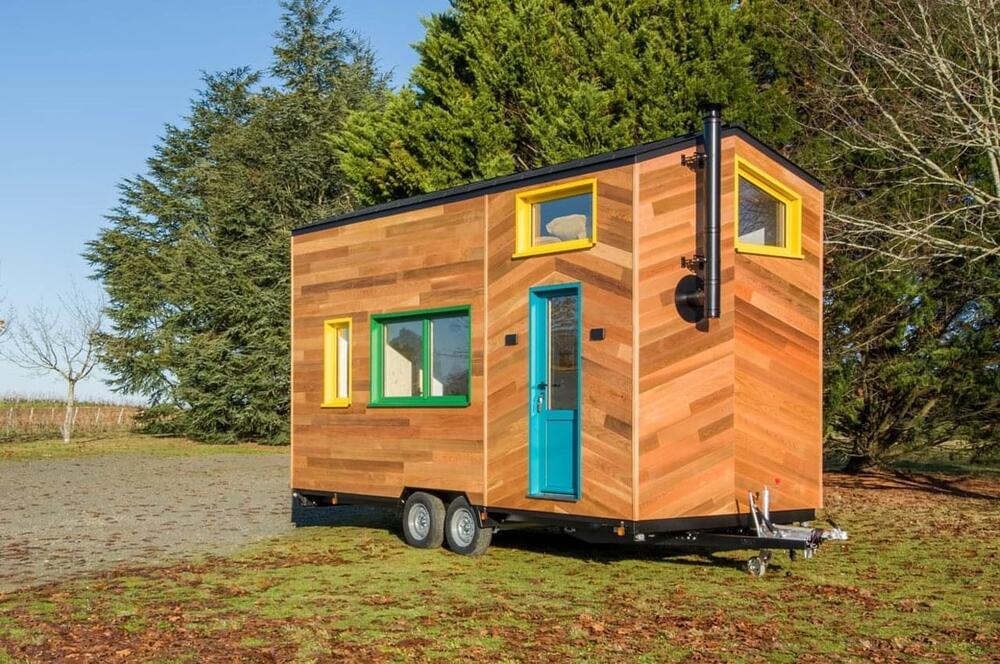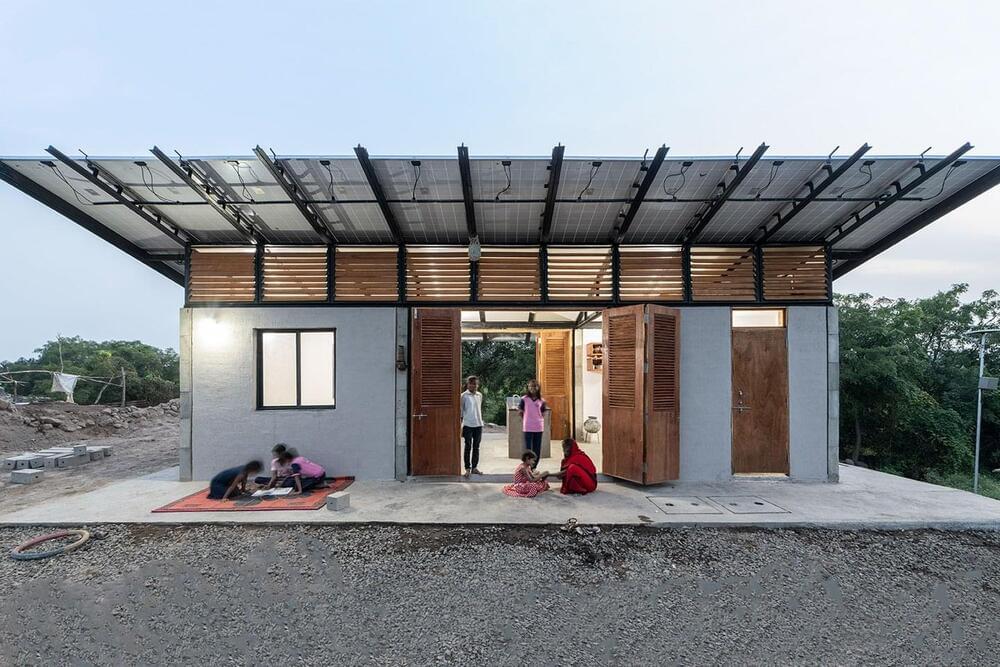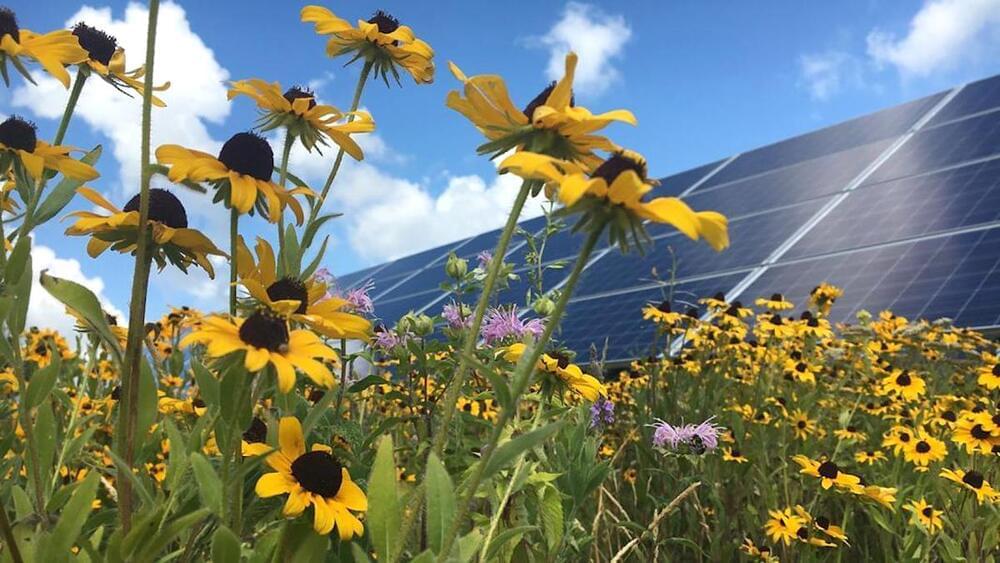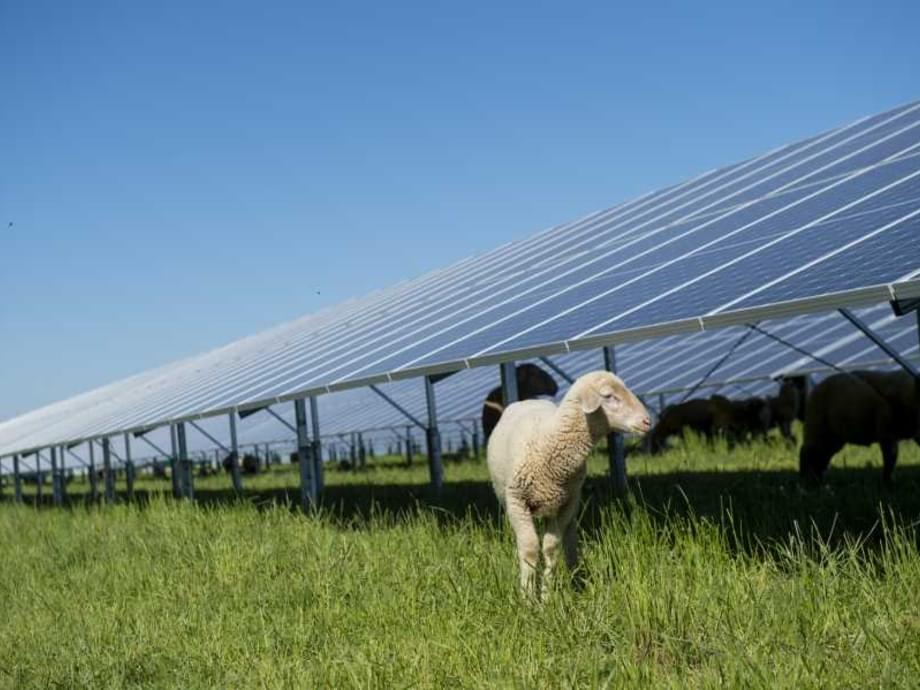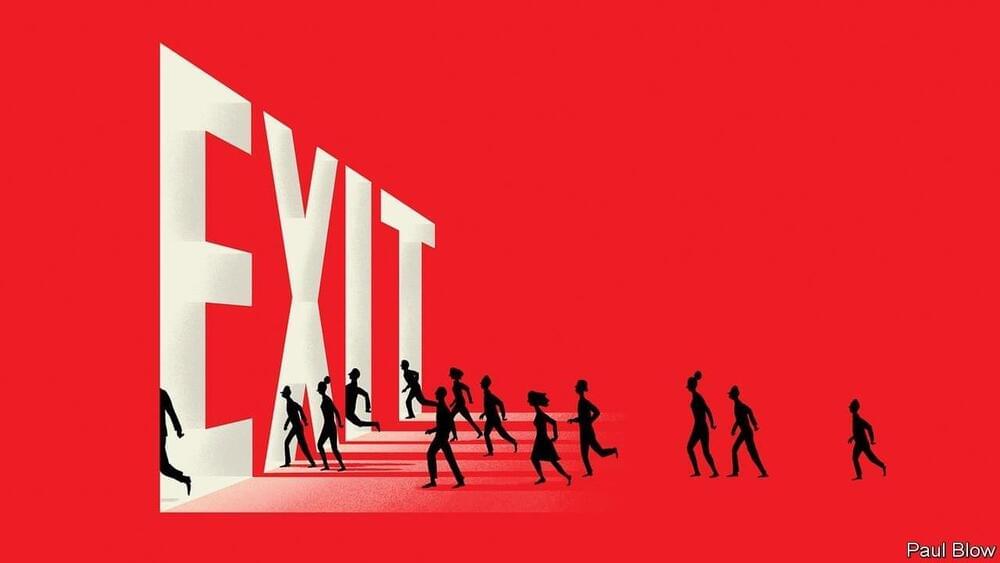Jan 10, 2022
China Detected Water From the Moon’s Surface for the First Time
Posted by Gemechu Taye in categories: habitats, robotics/AI, space
Adding to its space program’s growing list of achievements.
China’s space program (CNSA) is the first to detect water signals directly from the Moon’s surface thanks to its Chang’e-5 lunar probe, a report from CGTN reveals.
The new breakthrough provides yet another important milestone for the CNSA, which is ambitiously closing the gap between itself and the world’s two historic space superpowers, the U.S. and Russia.
Continue reading “China Detected Water From the Moon’s Surface for the First Time” »
